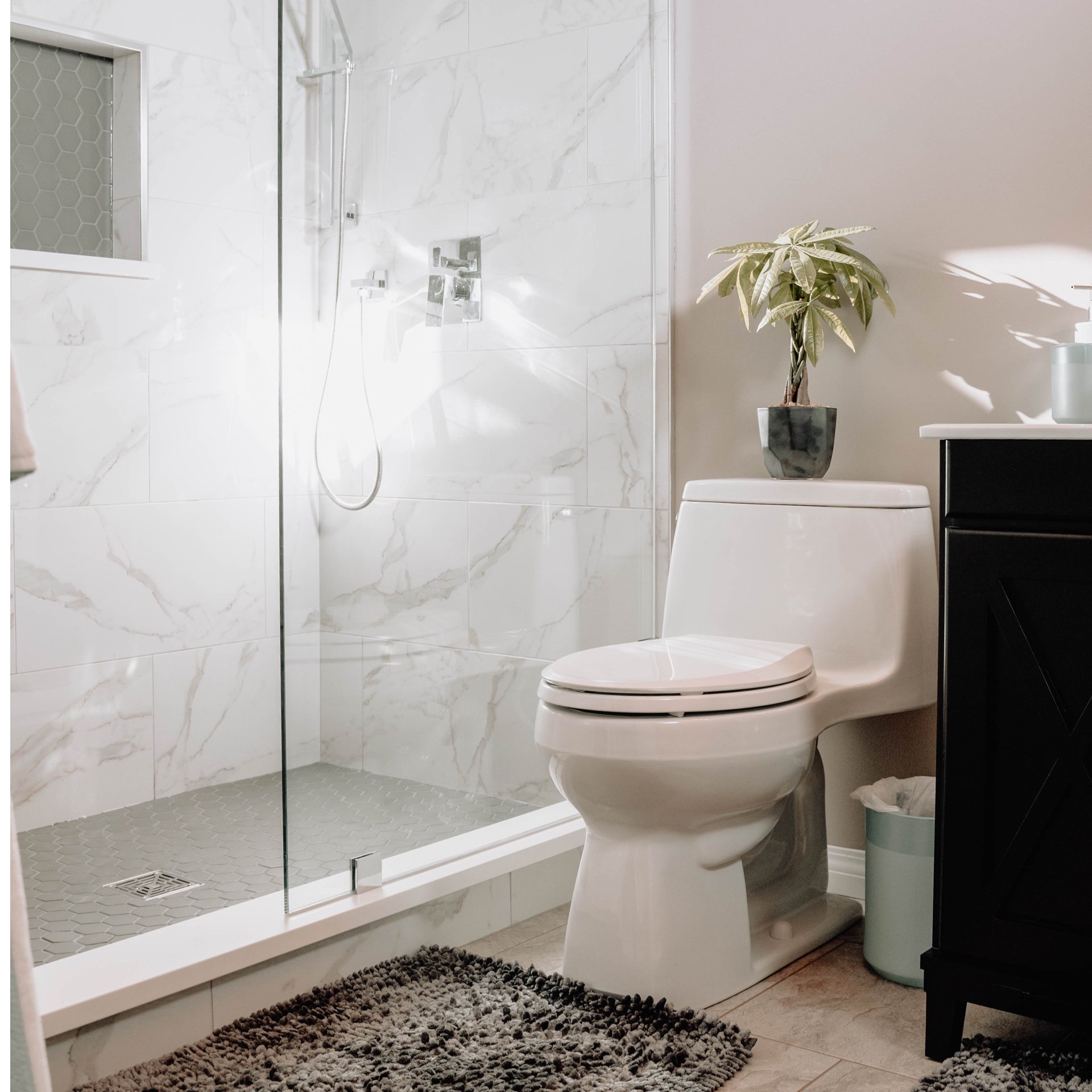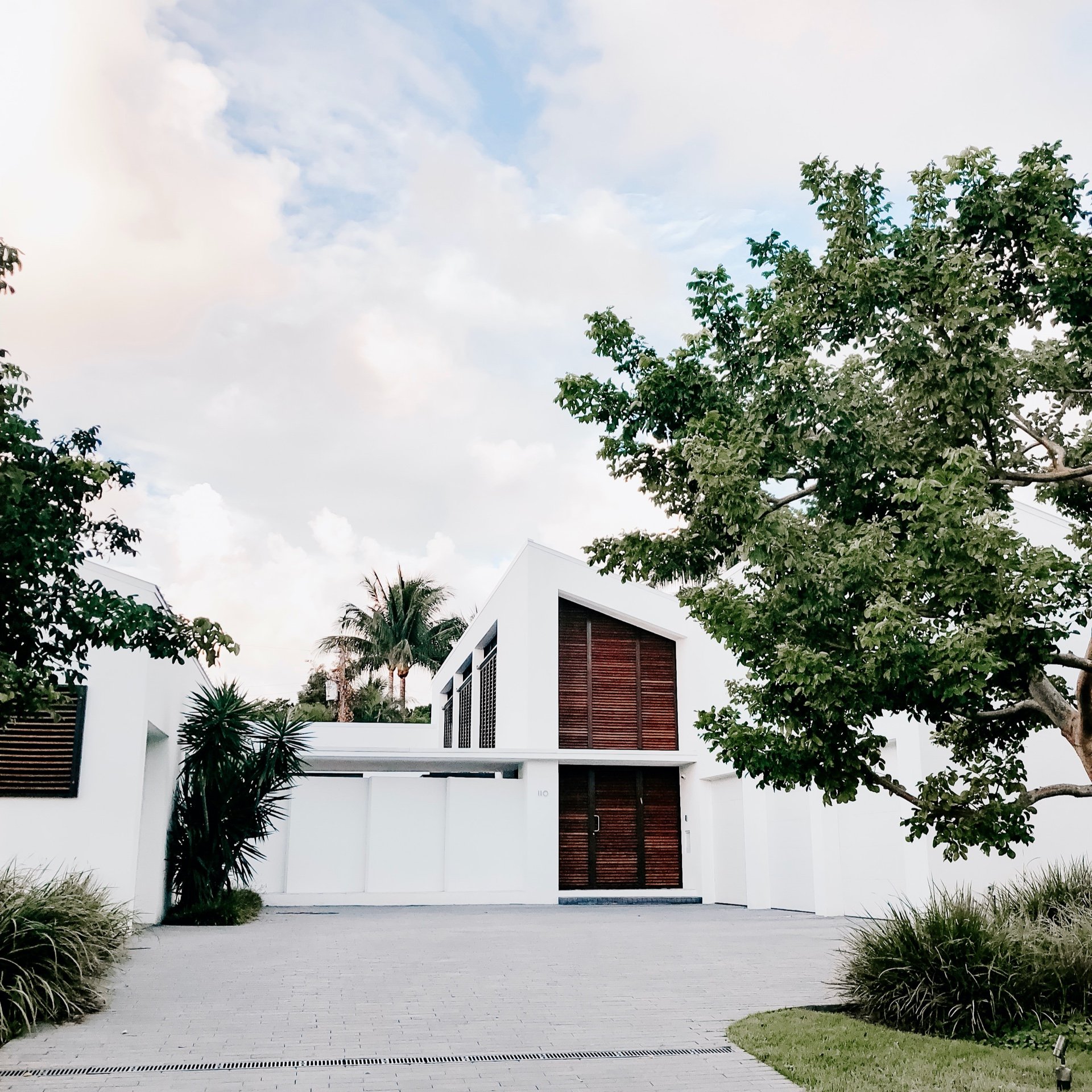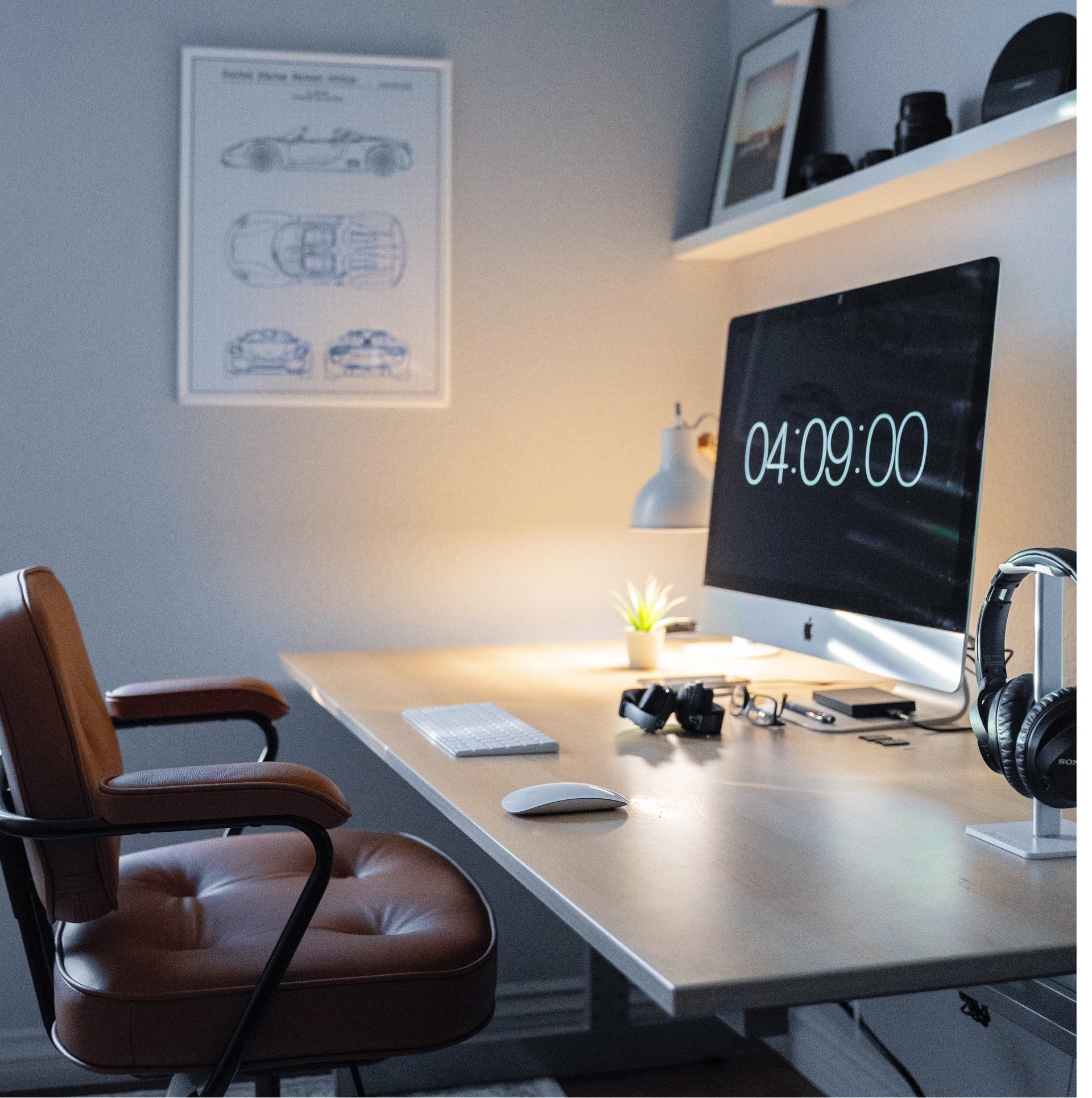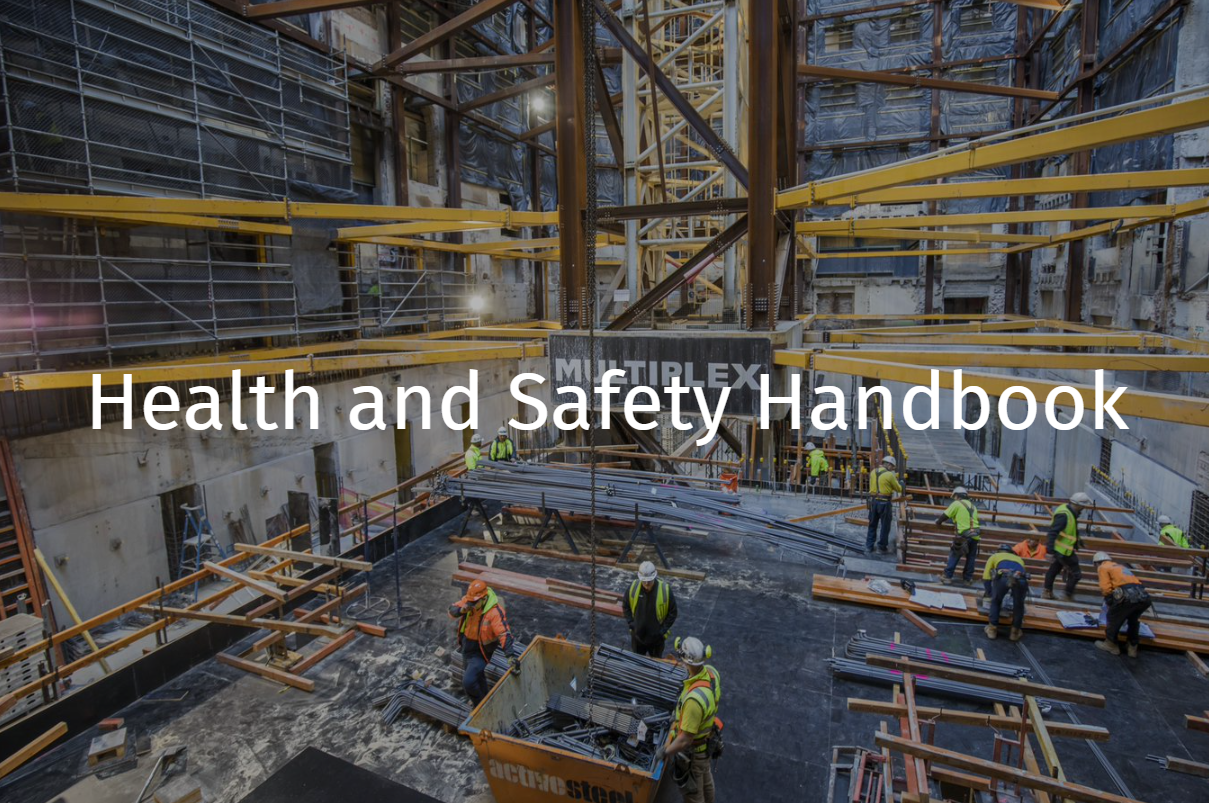Balconies
Key Considerations
- Material selection
- Preparation
- Installation and application
- Testing
Design
Balconies design must consider:
- Waterproofing to AS 4654
- Standard MPX 17200 series of drawings
- Membrane termination height sufficient to prevent water entering the building and is to be provided by the Architect or Facade Engineer. Minimum requirements are specified in AS4654.2 Appendix A, Table A1.
- Provision of a hob to the outboard edge of not less than 150 mm above finished tile level.
Balcony membranes must:
- Be tested to AS4654.1 & AS4858.
- Be in accordance with the membrane selection chart
Preparation
Concrete Preparation
- Concrete substrates must:
- Have a smooth finish
- Be prepared as specified by the membrane manufacturer.
- Confirm moisture content of substrate meets the requirement of the membrane manufacturer.
- Curing compound must not prevent adhesion of the selected membrane. Concrete may require additional preparation, e.g. grinding, shotblasting, etc., to remove contaminants.
- Prepare the concrete to remove:
- Form release agents
- High spots and sharp protrusions
- Loose or friable concrete
- Offsets
- Tie holes
- Blow holes greater than or equal to 2mm.
- Cracks greater than 1mm or as specified by the membrane manufacturer, must be routed out and filled flush with a sealant if specified.
- Where retrofitted flanges need to be installed they are to be finished level with or slightly below the concrete surface (cutting out or grinding of finished concrete as required), never higher.
Bond Breakers
What are bond breakers?
A bond breaker, as stated in Australian Standard 4654 is a “system that prevents the membrane bonding to the substrate, bedding or lining”
Why is Bond Breaker required?
Bond-breakers allow movement of membranes to cater for differential movements. This will occur at the junction of different materials, and most notably, the:
- Junction of concrete floor and walls
- Vertical internal corners of walls
- Transition from concrete to plastic i.e. cast in leak control flange
- Cracks in the substrate
- Transition from concrete to aluminium at waterstop angles
- Ends of the waterstop angles and the door frame.
The bond-breaker material increases the area over which the membrane can elongate.
The bond-breaker material must not adversely affect the performance of the membrane.
Bond breakers must be:
- Applied in accordance with manufacturer’s recommendations
- Fully cured before membrane is applied over
- Compatible with membrane.
Application
Priming
Primers must be:
- Applied as per manufacturer’s guideline
- Covered within the nominated timeframe
- Applied with the required moisture content
- Compatible with substrates, including leak control flange and other components
- Only applied when the air temperature is higher than 5 degrees or as specified by the manufacturer.
Membrane
Membranes must be:
- Turned up and over the hob or set down
- Returned into the spitter not less than 25mm
- As per the approved sample
- Applied as per manufacturer’s instructions taking account of the factors that might impact the membrane performance (e.g. moisture content of the concrete, relative humidity, temperature).
- Not applied when temperate is lower than 5 degrees (refer to manufacturer’s guidelines).
- Applied with consideration to the curing time where temperatures are lower than 10 degrees or higher than 30 degrees.
- Completely dry before curing can commence, and flood testing or toppings are applied.
Notes:
- Failure to observe this requirement can lead to membrane re-emulsification that requires expensive remedial work.
- There is a fundamental difference between a touch dry membrane and a cured membrane.
- When preparing programs, this time frame must be allowed for.
- Weather and other environmental factors will influence the time it takes for drying and curing.
- Cold and wet = long time to dry and cure.
- Hot and dry = fast drying and curing.
- Enclosed perimeter with little to no cross ventilation = slow drying and curing.
Table 1: Example temperatures and time for curing
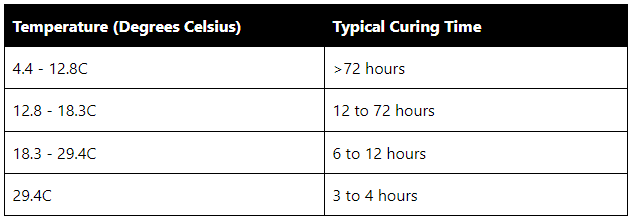
Film Thickness
All membranes, rely upon the final film thickness to be able to function as designed. The correct thickness ensures the mechanical properties will be preserved and the membrane will be durable and perform the desired function.
Liquid membranes must:
- Be tested with a comb during application to determine the wet film thickness as per Figure (Note: A membrane with 50% solids applied at a thickness of 2mm out of the can will dry out to 1 mm DFT).
- Be tested using an ultrasound device for cured acrylic and polyurethane membranes to determine the dry film thickness and destructive testing for cured cementitious membranes with a minimum of one test conducted and an additional test conducted for each 10m2 chosen at random.
- Have records of wet and dry film thickness values recorded in the Sub-contractors Checklists.
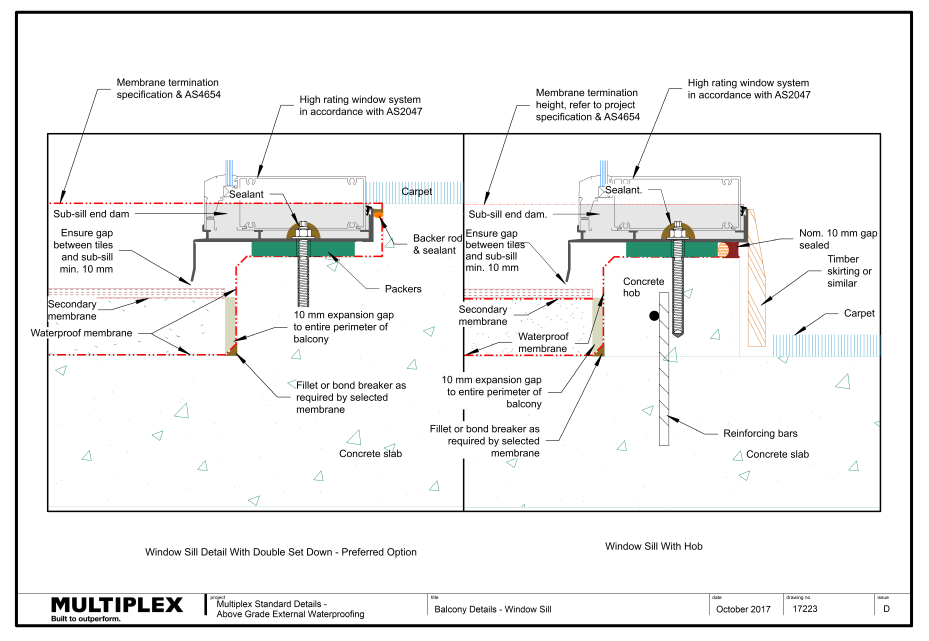
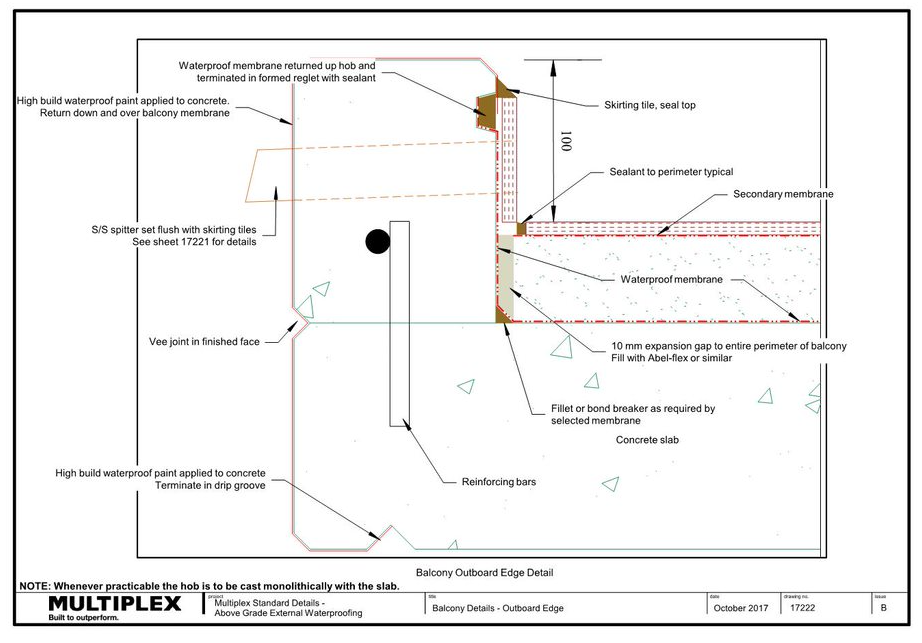
Overflows and Spitters
Overflows and spitters must be:
- Installed as per hydraulic engineer’s drawings
- Angled downwards to the outside of the building
- Installed above primary drainage and below internal SSL (structural slab level).
- Installed with a recess of 10mm x 10mm for sealant application.
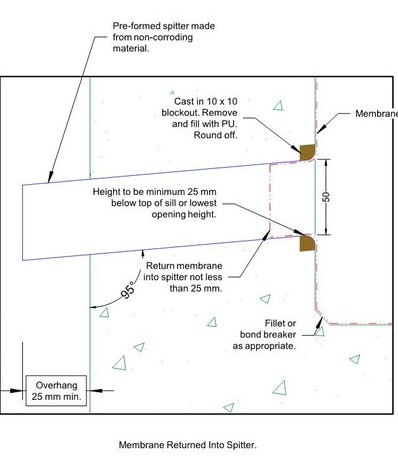
Downpipes
Downpipes must be:
- Fitted with a safe waste tray.
- Have the membrane turned up the downpipe to finish at the finished floor level (FFL).
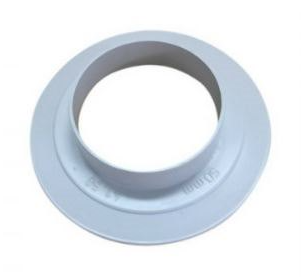
Multiplex Standard Details
17215 - Balcony Details - Outboard Edge - Victoria
17221 - Spitters and Overflows
17222 - Balcony Details - Outboard Edge
17223 - Balcony Details - Window Sill
Document Control
Version 03 November 2020

